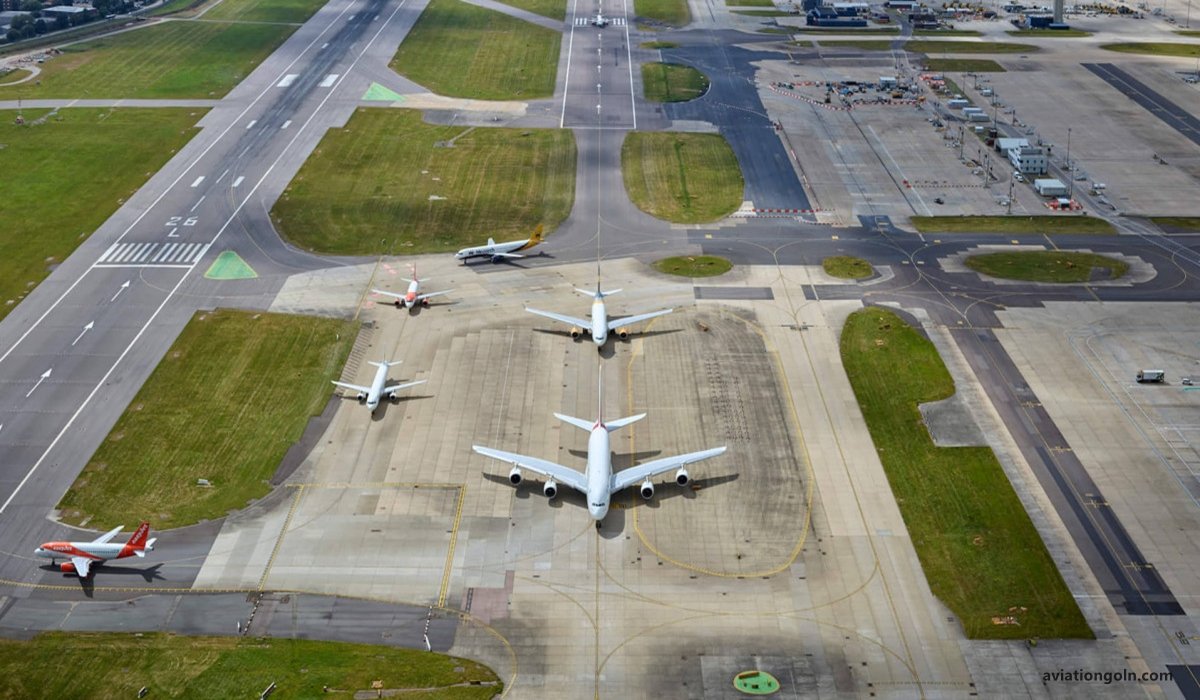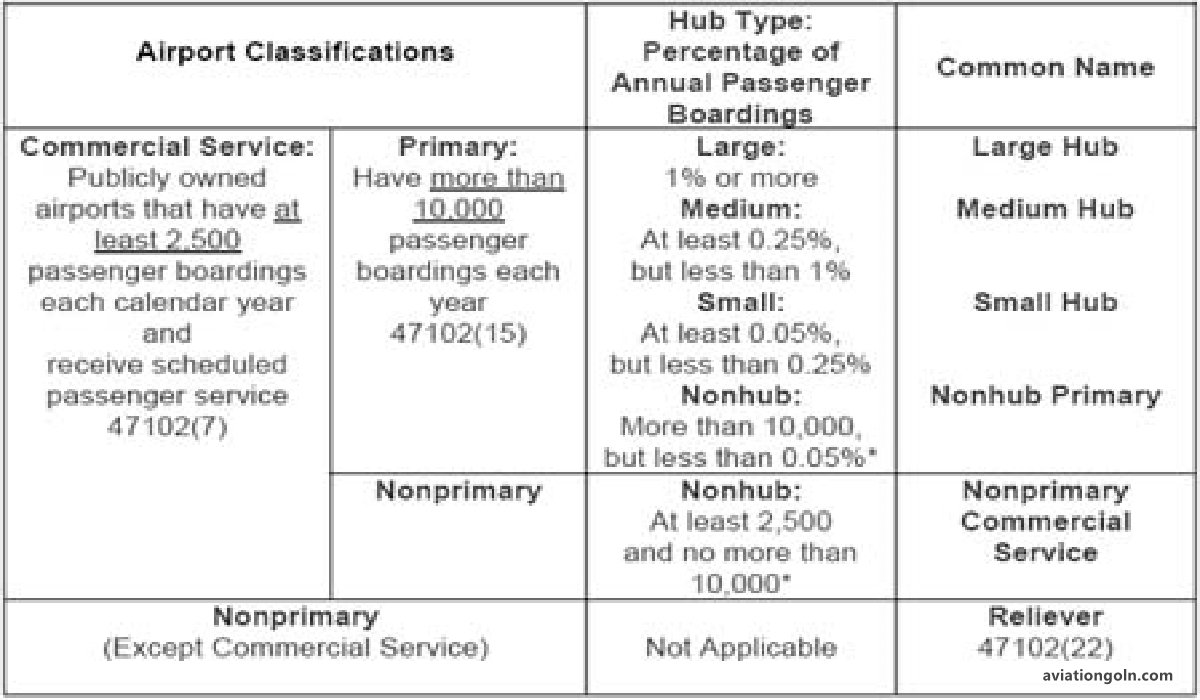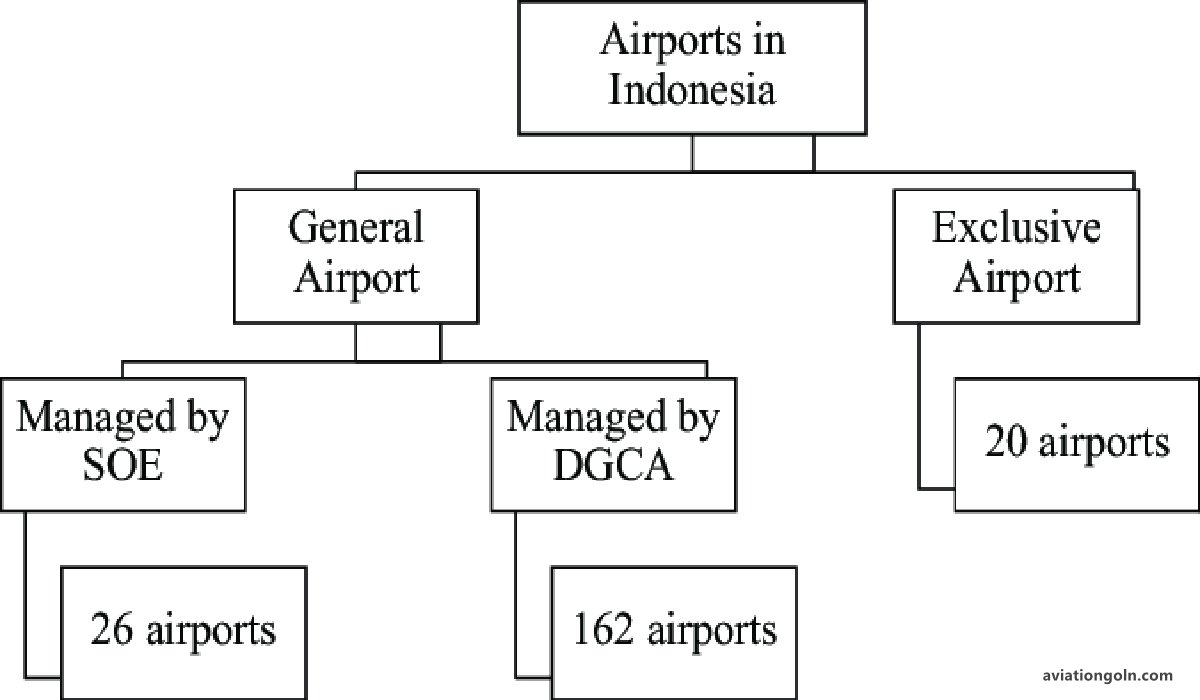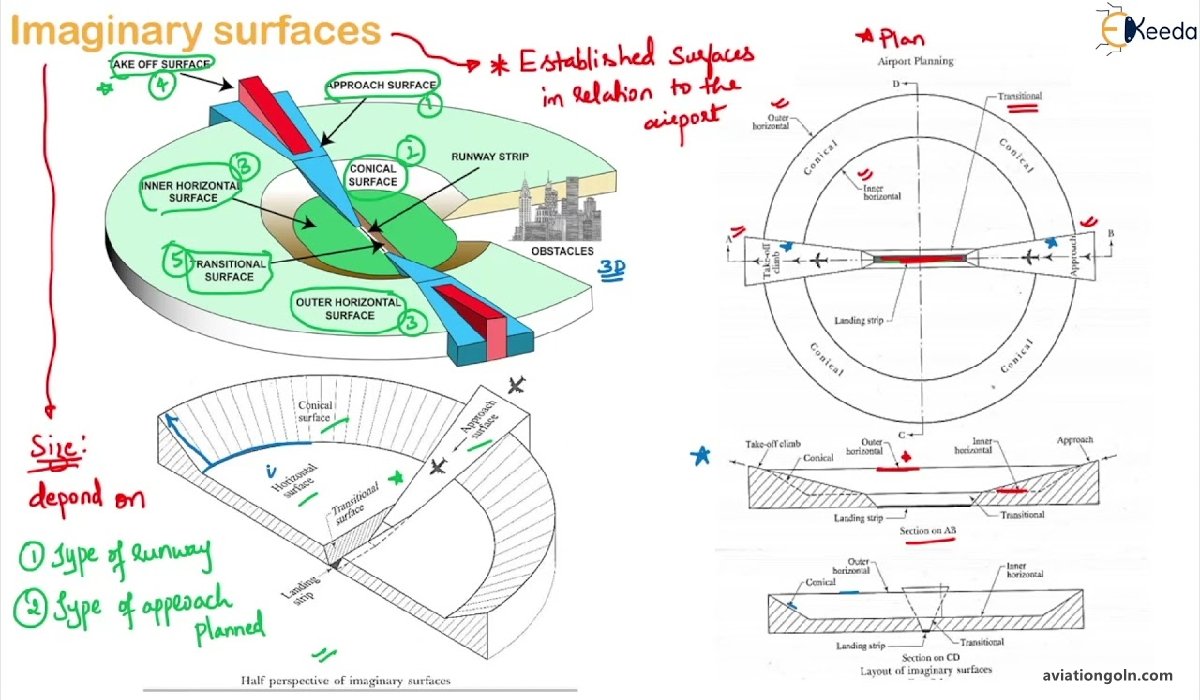Types and Classification of Airports, Airports are integral to global transportation, serving as gateways to cities, countries, and continents. Over the decades, as aviation has grown and diversified, so too have airports. From tiny airstrips in remote areas to colossal hubs in major cities, airports come in various sizes and serve many different purposes. This article delves into the types and classification of airports, exploring their unique features and functions.
Types and Classification of Airports
1. Introduction to Airports:
An airport is a facility where aircraft, such as airplanes and helicopters, can take off and land. They can range from simple fields to complex spaces with terminals, hangars, and runway systems. The classification of these airports is based on multiple factors, including their size, the type of operations they can support, the regions they serve, and the services they offer.

2. Classification Based on Size and Traffic:
- Mega Airports: These are among the world’s largest airports, handling over 40 million passengers annually. They often act as significant international gateways and are hubs for major airlines. Examples include Hartsfield-Jackson Atlanta International Airport and Beijing Capital International Airport.
- Large Airports: Handling 10 to 40 million passengers yearly, these airports serve large metropolitan areas and cater to substantial commercial flight operations. Dallas Fort Worth and Paris Charles de Gaulle are examples.
- Medium Airports: Catering to 3 to 10 million passengers per year, they serve smaller metropolitan areas and may act as secondary or reliever airports in larger cities.
- Small Airports: Handling fewer than 3 million passengers annually, these are typically found in smaller cities or towns.

3. Classification Based on Operations:
- Commercial Airports: These airports cater mainly to commercial airlines and have all the necessary facilities to handle large passenger aircraft and offer services like customs and immigration for international flights.
- Reliever Airports: Often located in metropolitan areas, these airports help to reduce congestion by diverting smaller aircraft traffic from commercial airports.
- General Aviation Airports: Exclusively serving general aviation, including non-commercial aircraft operations like private flying, flight training, and agricultural aviation.

- Cargo Airports: These airports focus on handling and processing cargo rather than passenger traffic. Examples include Memphis International Airport, a global hub for FedEx.
- Military Airbases: Owned by the military, these airports serve military aircraft. Some, however, may allow limited civilian usage.

4. Classification Based on Location and Infrastructure:
- Domestic Airports: These airports cater exclusively to domestic flights within a particular country, not handling international operations or customs and immigration services.
- International Airports: Equipped with customs and immigration facilities, these airports can handle flights between countries.
- Heliports: Specifically designed to serve helicopters, heliports can be found in urban areas, hospitals, offshore platforms, and more.
- Seaplane Bases: These are designed for seaplanes — aircraft that can take off and land on water. They consist of a stretch of open water for takeoffs and landings and docks for mooring.
5. Classification Based on Ownership:
- Public Airports: Operated and managed by government entities, these airports serve the public and are funded by taxpayer dollars.
- Private Airports: Owned and operated by individuals or private companies, these airports are not open to the public without permission.
- Joint-Use Airports: A partnership between public and military entities where a military airfield is open to civilian traffic.

6. Classification Based on Surface:
- Paved Runways: These consist of surfaces like asphalt, concrete, or a mixture, suitable for handling heavier aircraft.
- Unpaved Runways: Commonly found in rural or remote areas, these runways may be grass, dirt, or gravel.

7. Specialized Airports:
- Spaceports: As the name suggests, spaceports are designed to serve spacecraft. Examples include the Mojave Air and Space Port.
- STOLports: Specifically built for short take-off and landing (STOL) aircraft, these airports have shorter runways and facilities tailored for STOL operations.
Airports are as diverse as the regions, people, and economies they serve. As aviation technology and infrastructure evolve, we can expect the classification and types of airports to expand further. Whether it’s a small grass strip serving a remote community or a mega airport connecting millions of passengers annually, each airport plays a vital role in global connectivity and local development.
